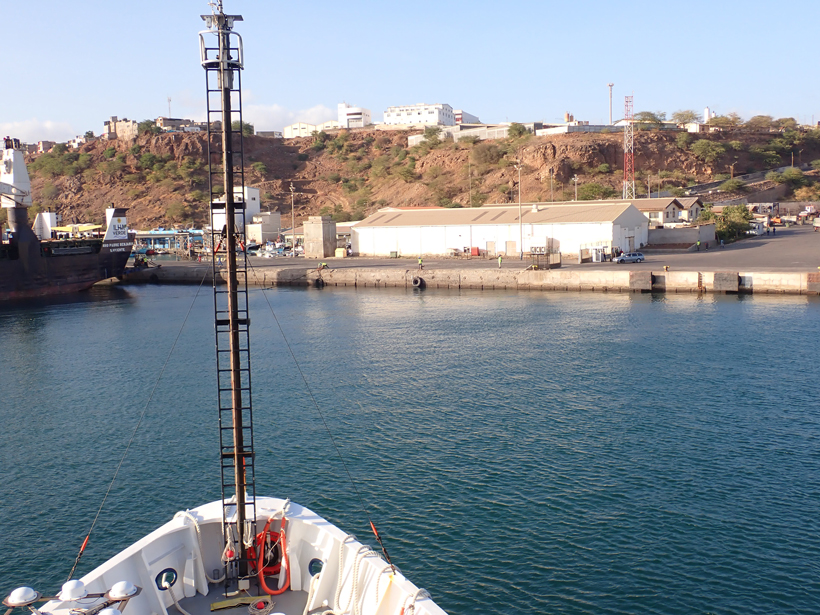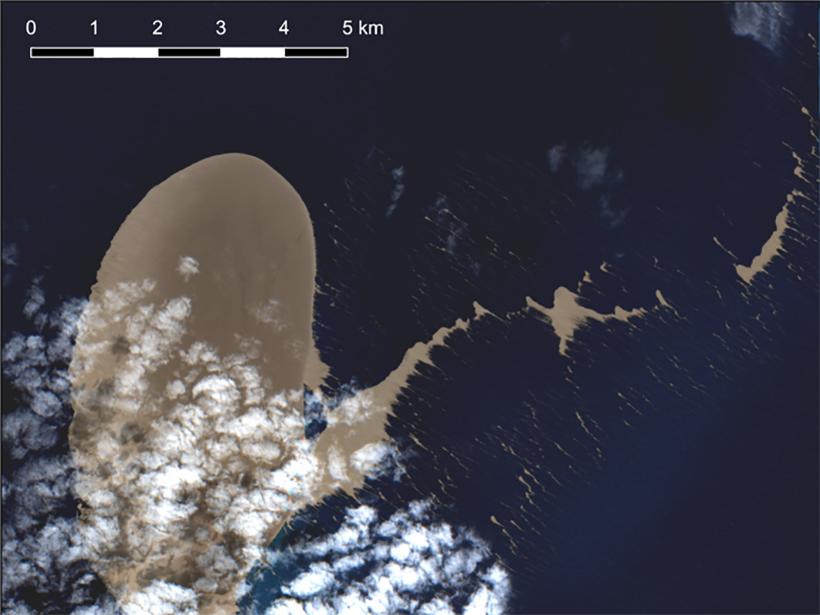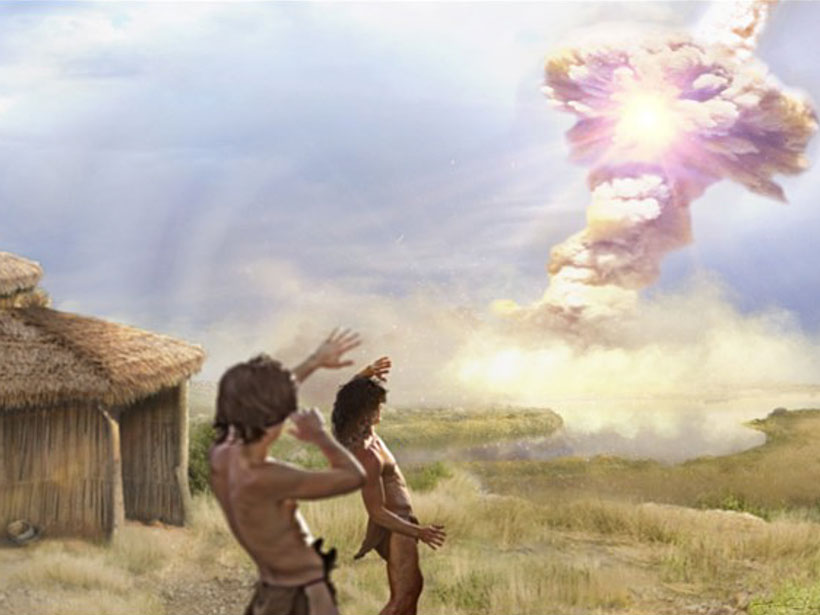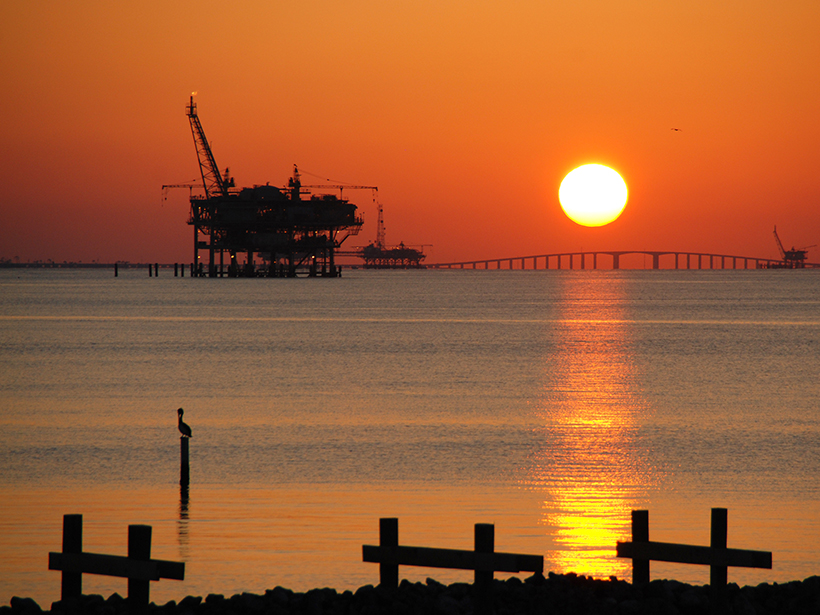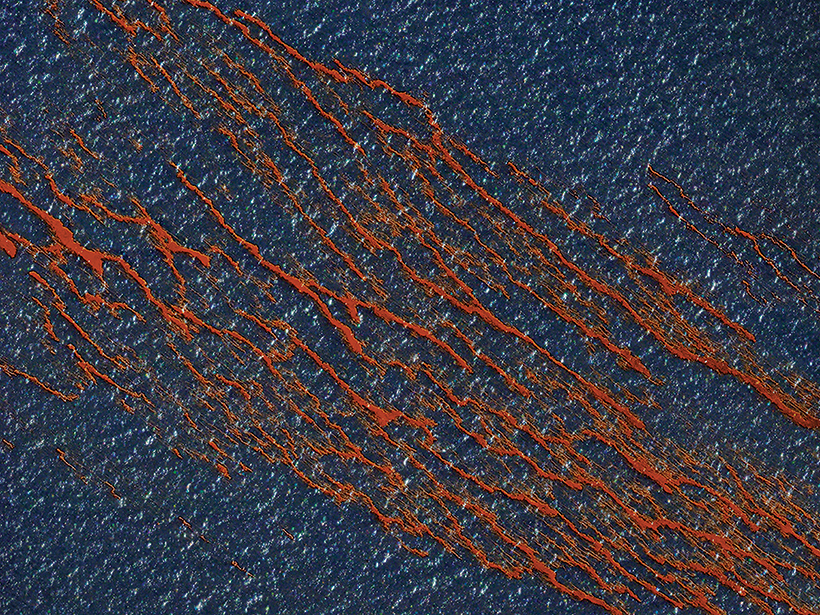With research cruises postponed, scientists are trying to get home safe, and others worry about the fate of their instruments left at sea.
Hazards & Disasters
Satellite Sleuthing Detects Underwater Eruptions
Satellite data helped scientists locate the volcanic source of a pumice raft floating in the South Pacific Ocean, illustrating their promise in locating and monitoring undersea eruptions.
Armageddon at 10,000 BCE
Fragments of a comet likely hit Earth 12,800 years ago, and a little Paleolithic village in Syria might have suffered the impact.
Thirty Years, $500 Million, and a Scientific Mission in the Gulf
Gulf Research Program executive director Lauren Alexander Augustine discusses the impact science can have on communities when given money and time.
Lost in the Everglades
Living in Geologic Time: An unintentional adventure in the River of Grass shows how Florida has changed dramatically over 15,000 years of human habitation.
Leveraging Satellite Sensors for Oil Spill Detection
By using multiple remote sensors, scientists can quickly estimate the nature and thickness of oil spills—important factors for containment efforts.
Deepwater Horizon’s Legacy of Science
The biggest oil spill in history resulted in billions of dollars in settlements—and a massive scientific movement.
Deepwater Horizon and the Rise of the Omics
Microbial genomics techniques came of age following the Deepwater Horizon spill, offering researchers unparalleled insights into how ecosystems respond to such environmental disasters.
Modeling Under Pressure
At a critical moment in the effort to end one of the world’s worst oil spills, one scientist holed up in his office and pulled an all-nighter to calculate the well’s aquifer support.
Podcast: Et Tu, Etna?
Global environmental calamity followed the death of Caesar. The source may have been a volcano in Sicily.

